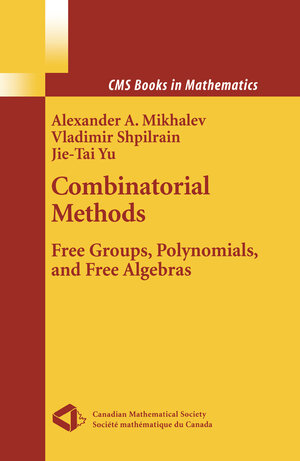
From the reviews:
„This book is devoted to a combinatorial theory of three types of objects: (1) free groups, (2) polynomial algebras and free associative algebras, (3) free algebras of the so-called Nielsen-Schreier varieties of algebras. It considers problems related mainly to the groups of automorphisms of these objects... The authors have done a lot of work to show that the same problems and the same ideas are the moving forces of the three theories. The book contains a good background on the classical results (most of them without proof) and a detailed exposition of the recent results. A large portion of the exposition is devoted to topics in which the authors have made their own contribution.“ -- MATHEMATICAL REVIEWS
„The book consists of three parts: groups, polynomial algebras and free Nielsen-Schreier algebras. … The book contains very interesting material to which the authors have made a valuable contribution. The book includes many open and very important problems. … The exposition of the material is made with care. So the book could be recommended for students even as a textbook.“ (Vyacheslav A. Artamonov, Zentralblatt MATH, Vol. 1039 (8), 2004)




